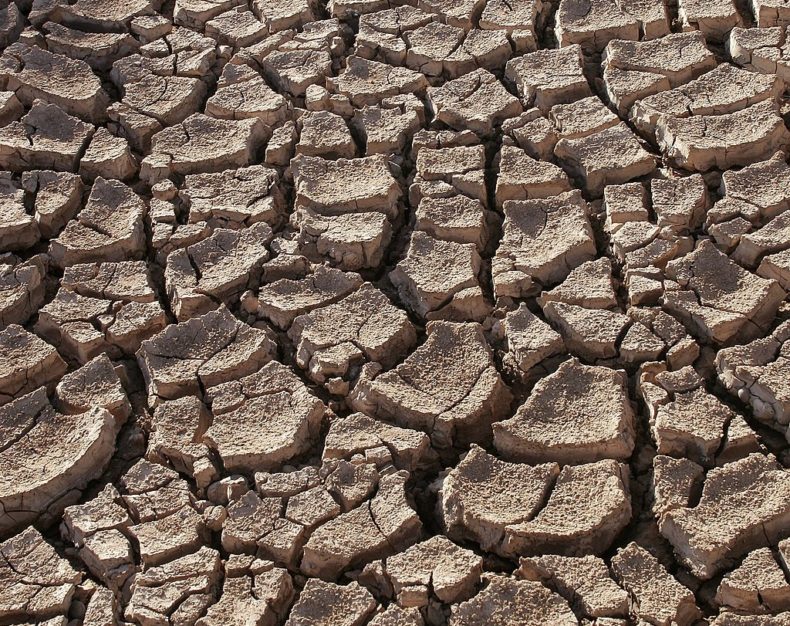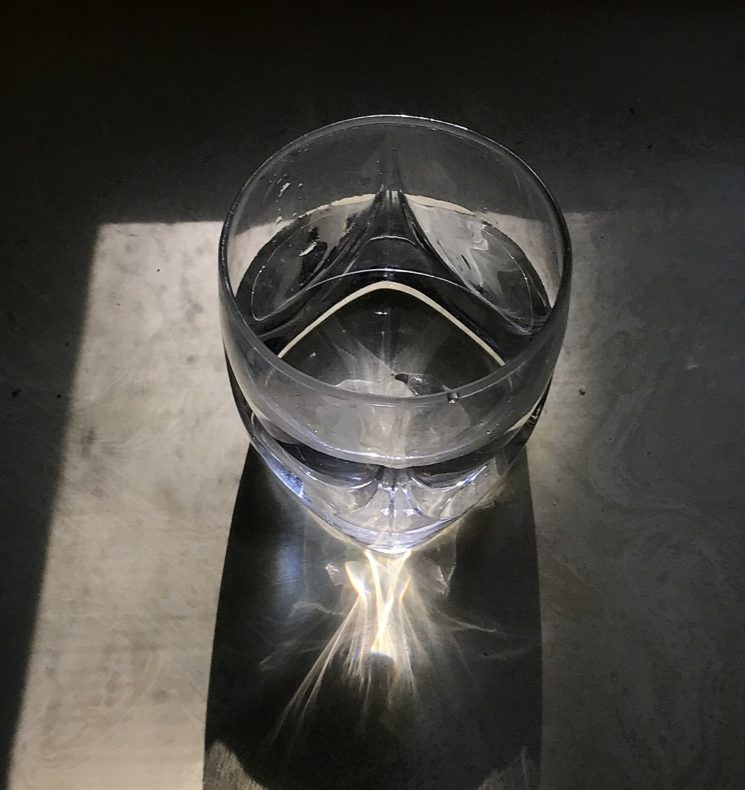This first ran June 25, 2010. It’s from our beloved founder, Heather Pringle. She’s an archeology writer, meaning she has to follow archeologists wherever they go. This time, they went to the Arizona desert. I can picture them asking, “where’s the writer? did she faint again?”
Sit in air-conditioning and comfort yourself in not being Heather in 2010. She did survive.

June’s solstice has just passed and I find myself where I usually am each year at this time—37,000 feet in the air and winging off to the field. One of the great joys of my job is to set out armed to the teeth with notebooks, cameras and voice recorder, and join an archaeological crew in some remote part of the world. Over the years, I’ve winced at mummy autopsies in Egypt, wandered ankle deep in mummified rats in a greathouse in New Mexico and wormed through caves in the northern Yukon, scouting for traces of the earliest migrants to the New World.
This morning, my destination is southern Arizona, where I’ll be joining Jason De Leon, an archaeologist at the University of Michigan, Ann Arbor, and his students on a field survey in the hilly backcountry of the Sonoran Desert. I can’t divulge any details about the story, but I will say that it has little to do with archaeology as it is usually practiced.
The weatherman predicts a scorching week, with temperatures soaring as high as 108 degrees Fahrenheit. De Leon tells me that the team heads out at 5 am each morning to take advantage of what little coolness there is and generally wraps up its field work at 1 pm. Team members fill their array of water bottles with ice each morning before setting out, but within a few hours, they are glugging down water hot enough to steep tea. And De Leon’s recommended gear includes a few things I’ve never seen before on an equipment list: a pocketknife with pliers for extricating cactus spines, instant icepacks, and something called hand coolers.

I have no idea how well I’ll stand up to daily 8-hour hikes in 108 degree heat. But over the years, I have found archaeologists to be unfailingly understanding and sympathetic to human failings. Last summer, for example, while I was on assignment in Peru, I succumbed to altitude sickness after a long day’s hike in the Andes with two Inca experts. For two days, I lay curled in fetal position in bed in Cuzco, too nauseated to move.
The Inca experts didn’t bat an eye. They had considerable experience with this particular form of wretchedness and had devised their own survival kit. Each day, they turned up at my hotel with armfuls of special stomach-quelling Peruvian biscuits and bottles of Gatorade.
I hope to avoid a similar fate this week in Arizona. Think of me and De Leon’s team as you are sipping a glass of cool, icy water.
_______
Photos
Sonoran Desert: Tomas Castelazo, www.tomascastelazo.com; glass of water: Adam S. Keck / Wikimedia Commons
_________